Inverness is the capital of the Scottish Highlands, or its tourist centre. But Inverness is also much more…
Page Contents (click line to jump the text)
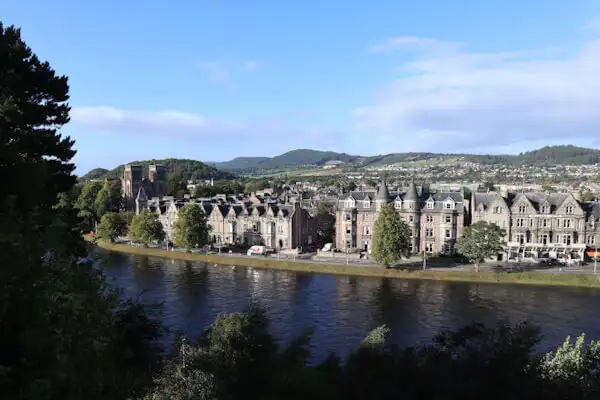
Intro and travel report
This article is a few years late. A few years ago, I went on a long motorbike trip through the Scottish Highlands, spending several nights in Inverness and exploring the city on foot.
I later wrote an article about my tour, but no article about Inverness – an omission that I would like to make up for today. And I still have my photos of the city!
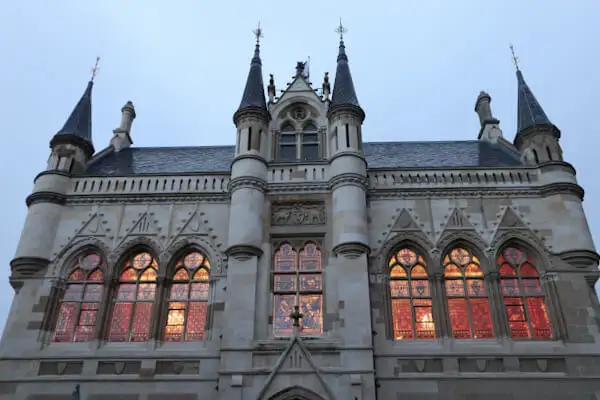
Inverness is something like the capital of the Northern Highlands. If you’re travelling the North Coast 500, you’ll definitely pass through here. But even on a tour around the Cairngorms National Park or around Lough Ness, Inverness will probably be one of your stops on the journey.
And even if Inverness can’t compete with Stirling (my personal opinion), it’s still a good place to visit with a small but beautiful old town.
I spent the night near the old town and explored it extensively on foot. I would recommend that too. It’s wonderful to see the beautiful old houses and some of the villas on both sides of the river and to explore the bridges over the river.
I also liked the small old town. There are nice pubs here, restaurants and of course shops – of course, it is an old town and city centre.
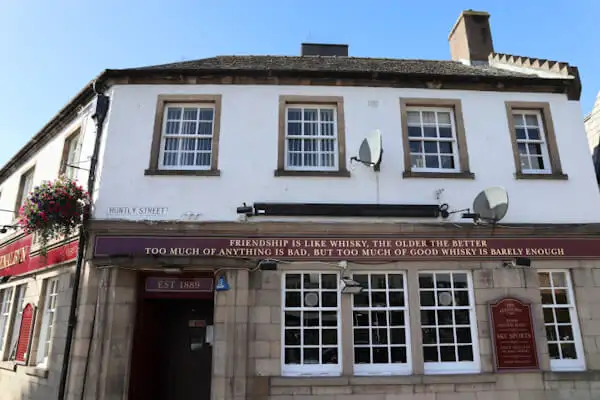
I found the castle on a hill high above Inverness very beautiful – from the castle grounds you also have a very nice view of Inverness and the river. The small alleyways on the castle hill are also nice to wander around and the City Hall further down has a great façade and colourful windows.
Incidentally, Inverness is a great base for various day trips in the northern Highlands and you can spend several nights in the city.

For example, you can drive north around John O‘ Groat’s’. This is the northernmost tip of Great Britain. Or you can do a loop of the north-west coast – highly recommended for the scenery!
One of these day trips can also take you east to Culloden. This is where one of the biggest battles of the rebellious Scots against the ruling English took place in 1746 – the Scots, however, were crushed.
You can also walk round Lough Ness from Inverness and visit Urquhart Castle. From here you have a beautiful view of the lake. Or you can visit the Lough Ness Centre, where you can learn all about Nessy, the monster of Lough Ness.
I’ve been to all of these places and many more myself – the Scottish Highlands are an absolute highlight for me!
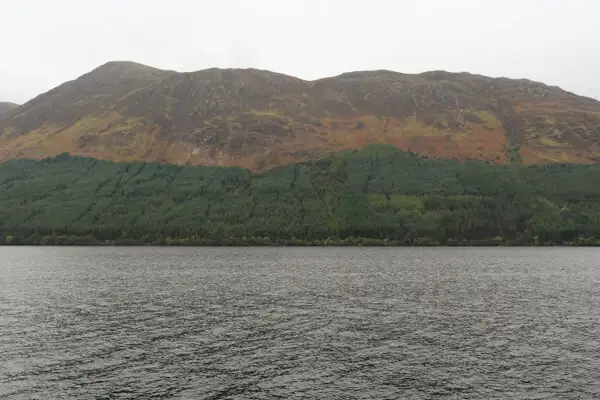
Sightseeing in and around Inverness
The neo-Gothic Inverness Castle is located in the centre of the city and on a hill that has been used as a strategic point for centuries. From the castle gardens you have a beautiful view of the River Ness and the surrounding mountain ranges. The castle is currently not accessible, but will reopen in 2025 with a completely redesigned interactive exhibition. See: https://invernesscastle.scot.
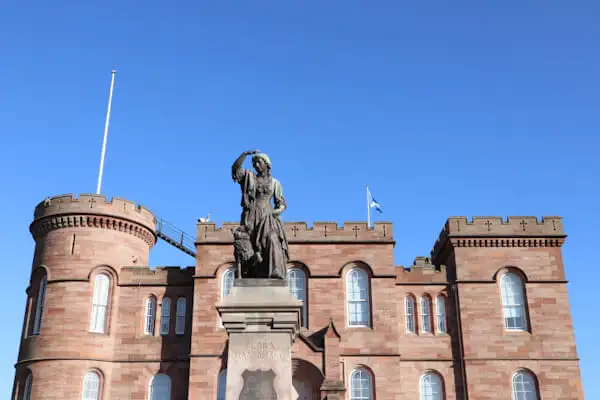
Inverness Cathedral, also neo-Gothic, was built at the end of the 19th century and is the only cathedral in the Highlands. It stands picturesquely on the western bank of the River Ness. See: https://invernesscathedral.org.
The Inverness Museum and Art Gallery is located near the castle in the centre. Here you will find exhibitions on the art, culture and history of the Highlands. See: https://www.highlifehighland.com/inverness-museum-and-art-gallery/.
The Victorian Market is located in the centre of the city and is a beautiful market hall with a variety of small shops and market stalls. See: https://thevictorianmarket.co.uk.
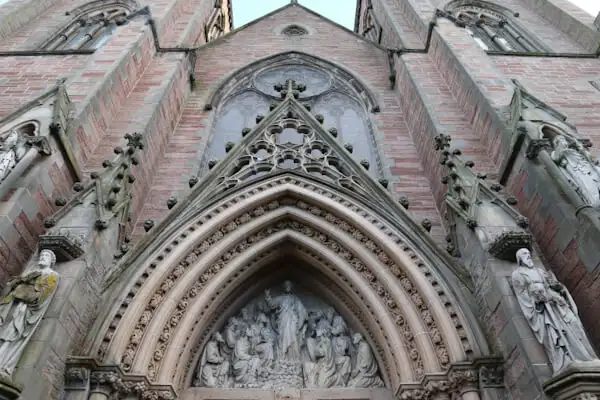
Culloden Battlefield, a short distance east of Inverness, is the site of the great Battle of Culloden in 1746, in which the Jacobite army under Charles Edward Stuart was defeated by the troops of the British King George II. The Culloden Visitor Centre has an exhibition on the battle and its significance for Scotland and you can walk and visit the battlefield. See: https://www.nts.org.uk/visit/places/culloden.
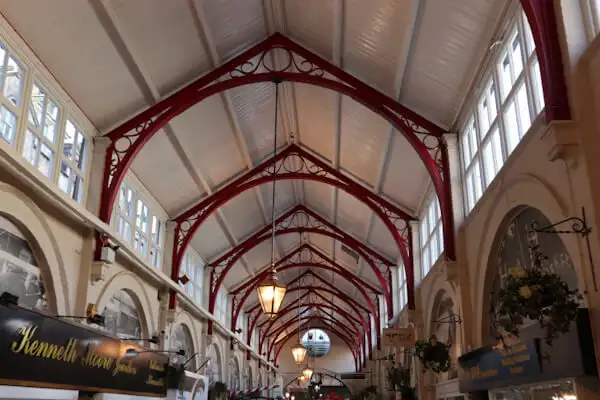
Close to Culloden you will also find the Clava Cairns, beautifully preserved 4000-year-old stone circles and burial sites. See: https://www.historicenvironment.scot/visit-a-place/places/clava-cairns/.
Loch Ness is located about 16 kilometres southwest of Inverness and is famous for the legend of the ‘Loch Ness Monster’ or ‘Nessy’. The lake is surrounded by steep hills and forests and is a beautiful place even without the sea monster.
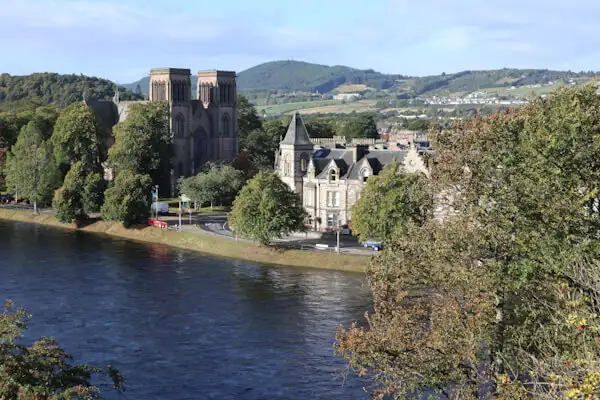
At the northern end of Loch Ness is Urquhart Castle, a ruin that once played an important role in Scottish history. The castle, or rather its ruins, is beautifully situated and offers a magnificent view of the loch. See: https://www.historicenvironment.scot/visit-a-place/places/urquhart-castle/.
The Loch Ness Centre and Exhibition in Drumnadrochit, around 16 kilometres southwest of Inverness, is dedicated to researching the Loch Ness legend. In addition to the exhibition, there is also a café and a small shop. See: https://www.lochness.com.
At the mouth of the Moray Firth, north-east of Inverness, you will find Fort George. It dates back to the time of the Battle of Culloden and is a large old military fort. It houses the Highlanders Museum and you can learn a lot about Scotland’s military history here. See: https://www.historicenvironment.scot/visit-a-place/places/fort-george/overview/.
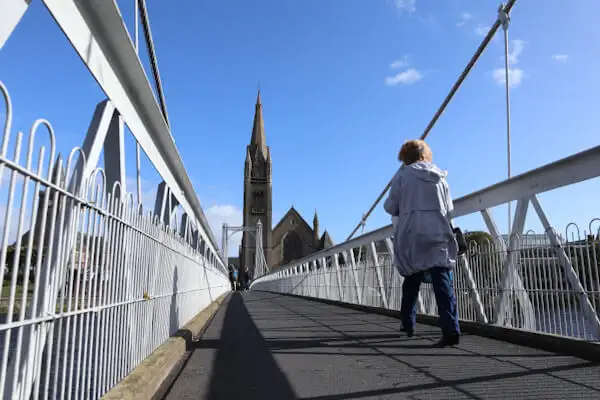
A brief background to Inverness
The name Inverness is derived from the Celtic and means the mouth of the River Ness. The city is the capital of the Highlands administrative district and the only city in the region – all the others are towns, not cities. With a population of around 60,000, Inverness is already a sizeable city.
People lived here thousands of years ago, as evidenced by stone circles and burial mounds in the neighbourhood. Until the Iron Age, Inverness was even one of the most important settlements of the Scottish Picts.
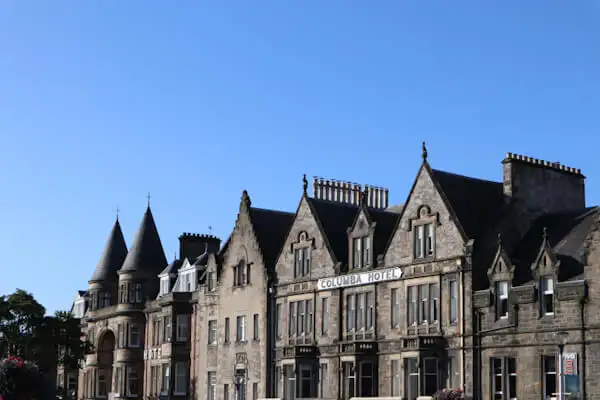
In the medieval 11th century, King Mcbeth reigned on the castle hill above the city – does the name ring a bell? That’s right, he provided the historical model for Shakespeare’s Macbeth.
In the 15th century, there were various armed conflicts between Scottish clans around Inverness until the town and castle were conquered by the Munro and Fraser clans for Queen Mary Stuart.
In 1746, Scottish and English troops fought a devastating battle very close to the town. The Battle of Culloden was lost by the Scots and ended Scottish resistance to English domination for a long time.
Even today, the ancient language of the Scots, Scottish Gaelic, is still spoken by many people in this region. It is taught in schools and can be found as a second language on government websites and town signs.
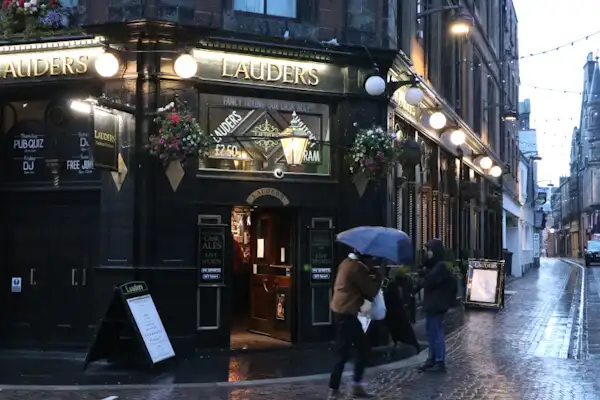
Scottish Gaelic goes back to the Celtic tribe of Gaels, who also colonised Ireland. However, local dialects have developed differently, so that Irish and Scottish Gaelic are about as closely related as German and Dutch This is just my personal comparison, it is not scientifically proven :-).
Conclusion
Inverness is the centre of the northern Highlands. It has a very nice old town and a beautiful castle on a hill above the city.
You will almost automatically pass through Inverness if you are travelling in the local Highlands. I recommend spending at least one night in the city and exploring it on foot.
Inverness is also very suitable for several overnight stays and then you can go on very nice day trips in all directions from here.
However, you should book your overnight stay in advance, as the accommodation options are sometimes fully booked, especially in summer!
I wish you lots of fun in Inverness!
More interesting articles for you
THE ISLE OF SKYE
OBAN AND THE ISLE OF MULL
MAGICAL SCOTTISH HIGHLANDS – TRAVEL THOUGHTS
FROM NORTHERN IRELAND TO SCOTLAND BY MOTORBIKE – HIGHLANDS AND HIGHLIGHTS
Picture credits cover picture: Inverness Castle (Photo: Ulrich Knüppel-Gertberg)